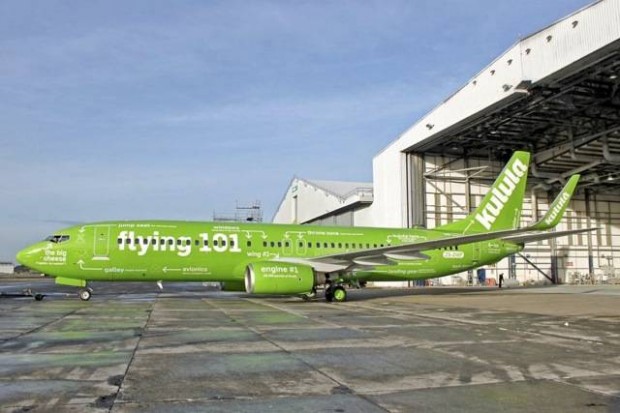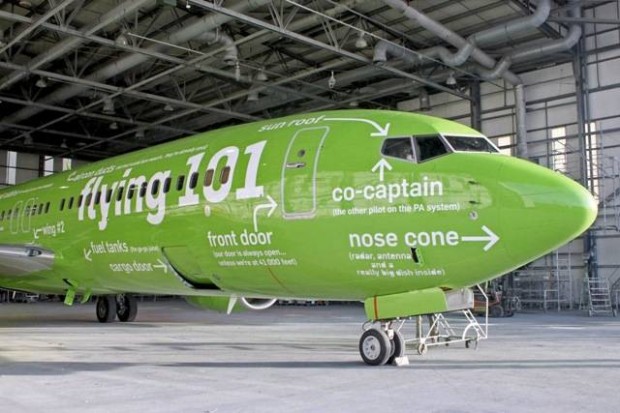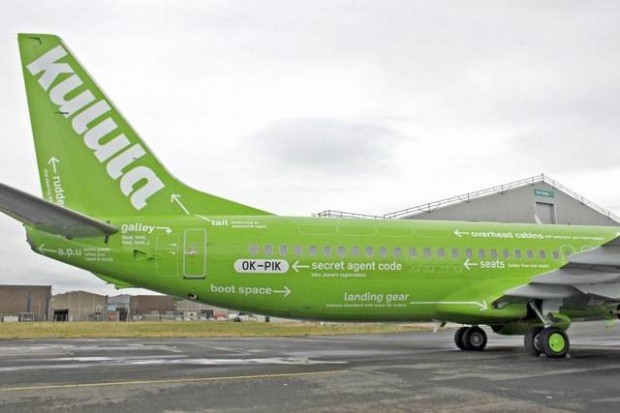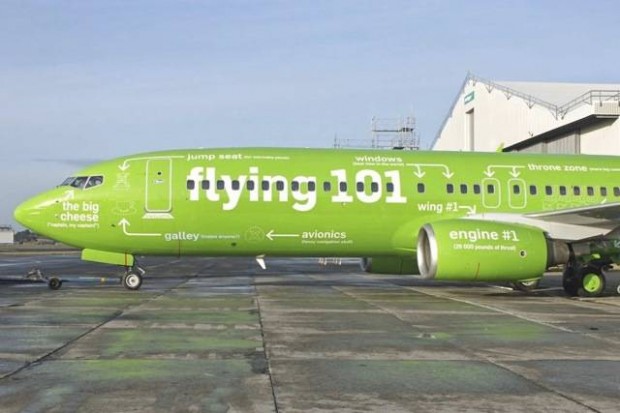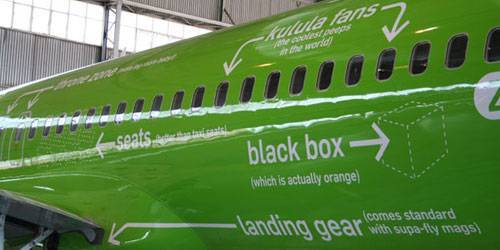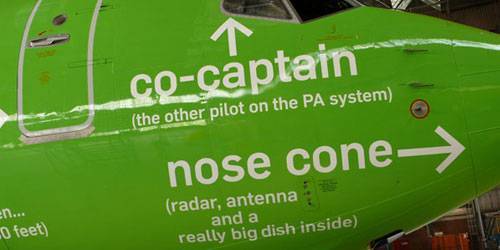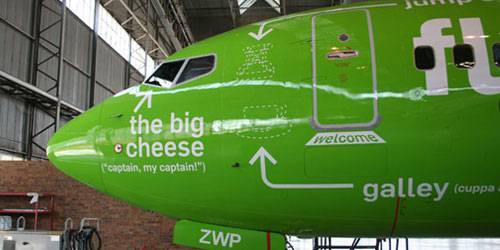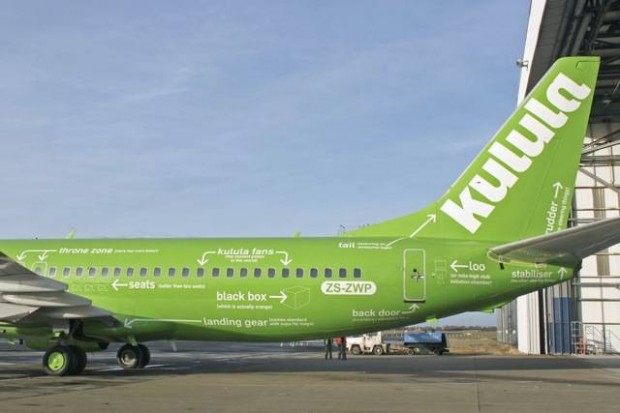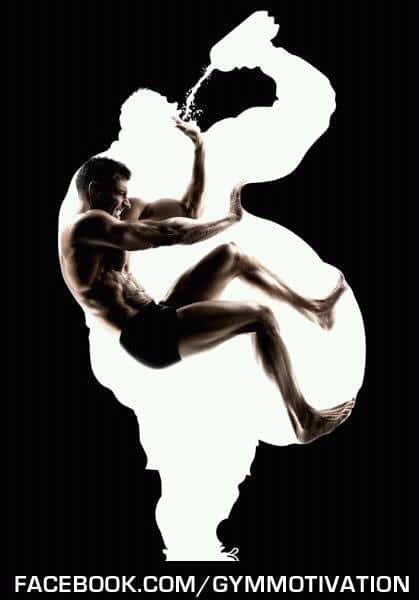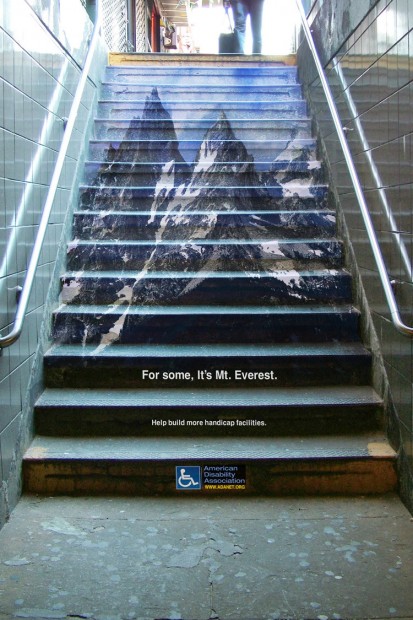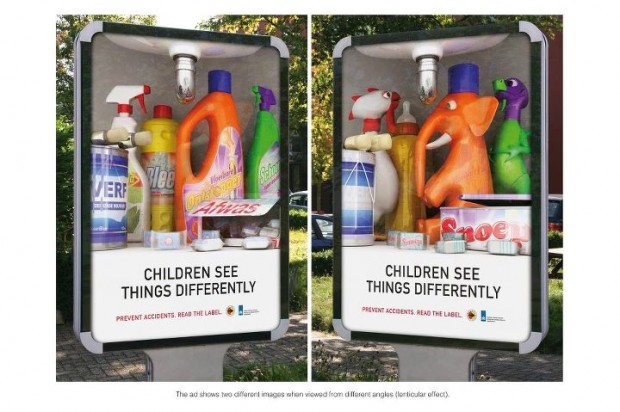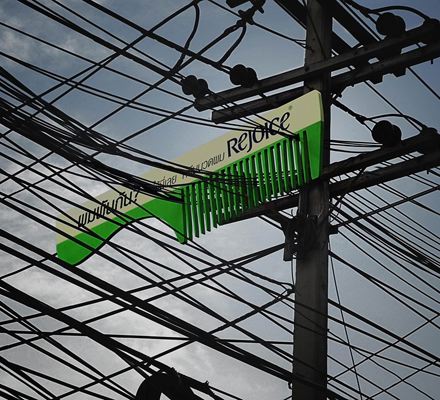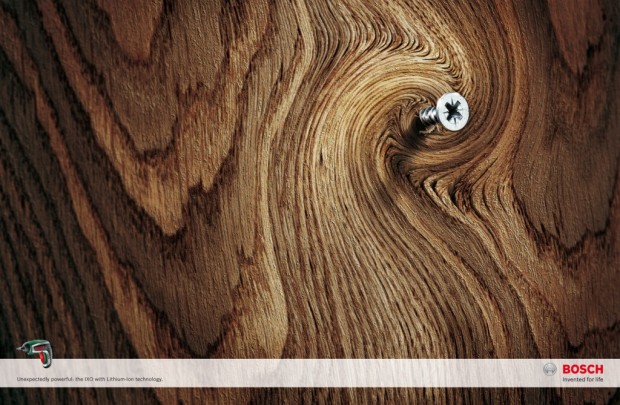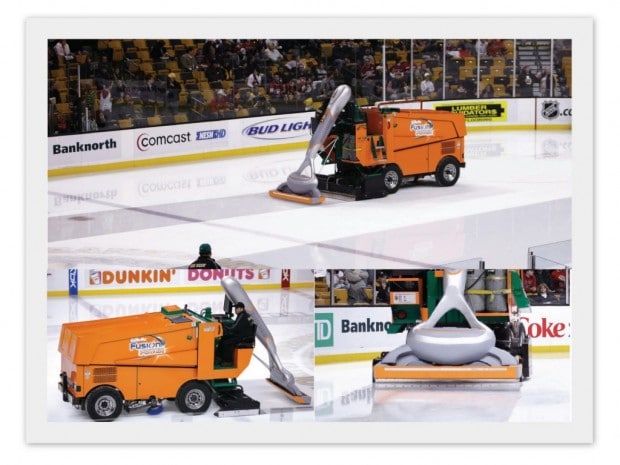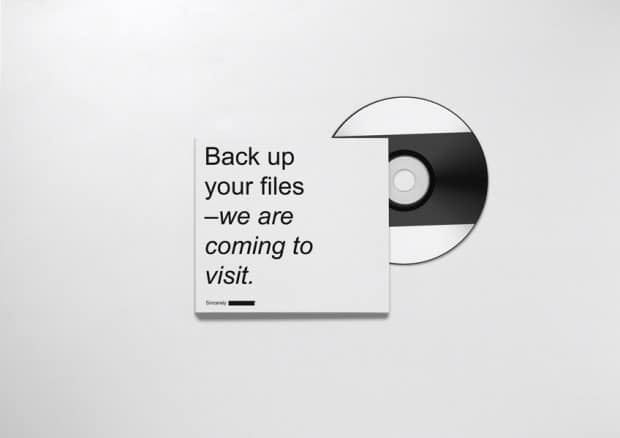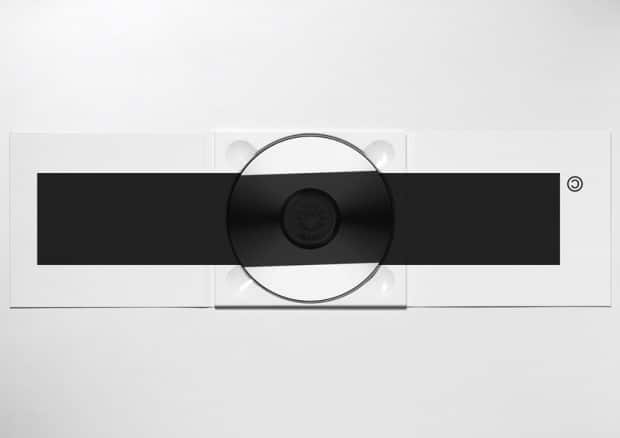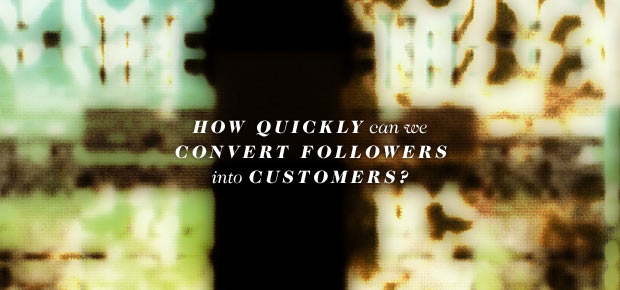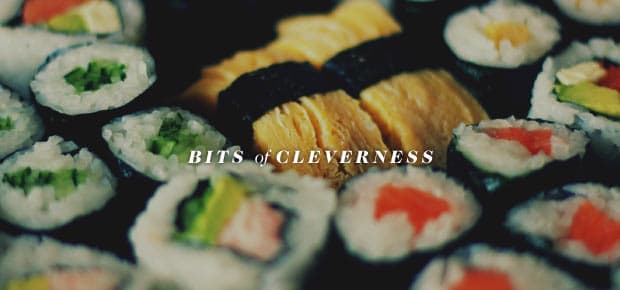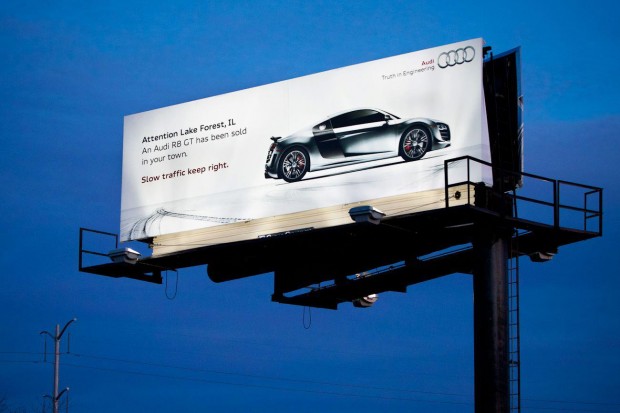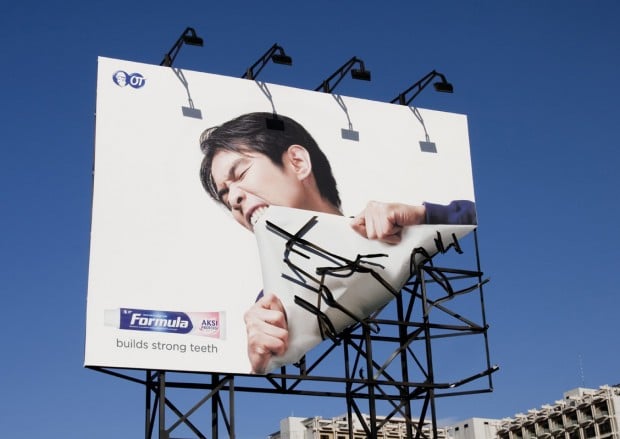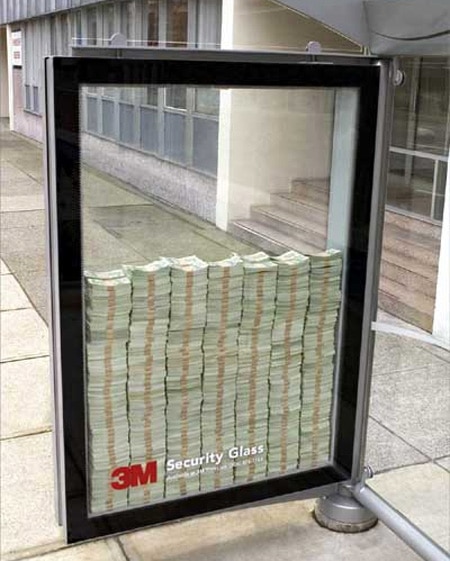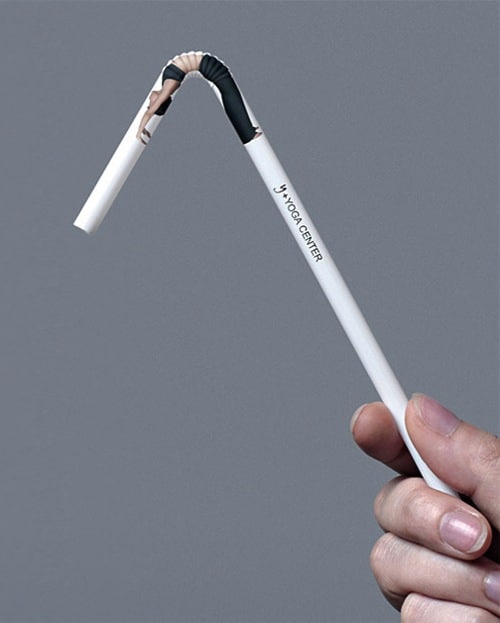The real payoff in this book is the explanation of the ten “engines” of remarkable products. This is light-years beyond the fumbling attempts to explain why certain companies are the favourites that some “branding experts” roll out. Going beyond shallow statements about branding, this book gets into the mechanics of the experiences that people talk about.
DollarShaveClub.com – Shave Time, Shave Money
This video for DollarShaveClub.com may not redefine the category’s communications (thanks to Old Spice), and it was clearly designed to go “viral”, but it is absolutely pitch-perfect. Kudos to the production team at Paulilu, I’m jealous.
Kulula Airlines
South Africa’s Kulula Airlines does what I wish more brands would do – develop a distinct character. It’s a shame that more organizations aren’t as willing to have as much fun with their customers. There was a time that WestJet maintained a similar (if not as explicit) attitude, and that was a time that people loved WestJet. Unfortunately that attitude seems to have been replaced with a more bland communications strategy.
There’s a lot more pictures of Kulula’s fleet available on the Kulula website.
Cleverness 5
Yet another installment of random bits of clever ad creative. Where do I find all of this awesome stuff? On the interwebs.
Allan Benton can Teach you Business
Allan Benton makes some pretty outrageous ham. A god amongst chefs and foodies, Allan’s hams are adored by the likes of Thomas Keller, David Chang, and Sean Brock. And he has an important lesson about business:
After about four or five years, I told my dad one day, “Dad, I’m gonna have to quick-cure these hams. Like everyone else. I’m trying to age these things out a year and they’re selling them cheaper than I can even think about making a ham.”
And Dad looked at me and said, “Son, if you play the other guy’s game, you always lose. Stay with what you know, and sooner or later quality will sustain you in this business.”
I’ve seen so many companies that refuse to learn this lesson, they’re in a tight race to be just like their competition. Companies that have unique qualities, instead of trumpeting them, work to shed them. They’re trying to “win” the same way their competition did. What a terrible mistake.
About a year ago I went to a seminar and I got into a bit of a debate with the host. She felt that the quality of the brand was determined solely by the quality of the experience. For example, she felt that Ryan Air was a bad example of branding because they offer a notoriously bad experience.
I, on the other hand, feel that branding is more nuanced than that. I think that the remarkableness of the brand story is what determines how great a brand is. The brand story that Benton’s Country Hams tells is absolutely perfect for them. They’re presenting themselves as a small, back-woods, artisanal smoker. They have a website that is absolutely terrible, but it fits their story perfectly. A nicer website wouldn’t fit with their brand-story. And look at some stills from the video of their facility:
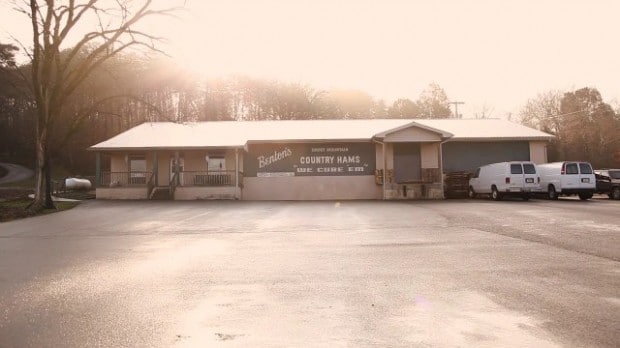
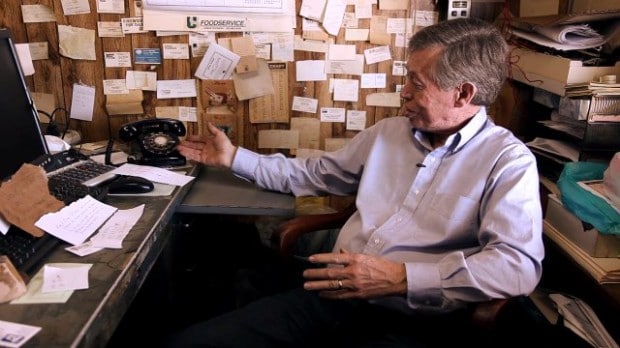
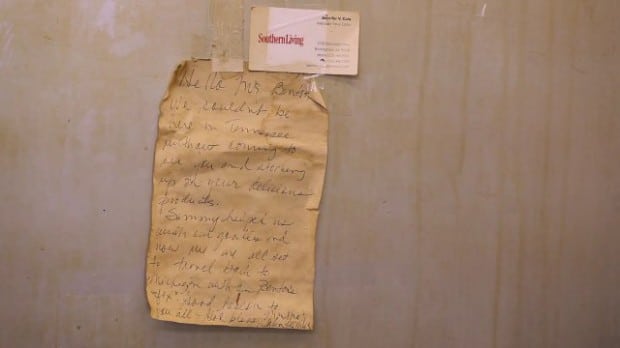
I can’t imagine being more in love with this brand.
Branding Anonymous
I really enjoyed Mads Jakob Poulsen’s imaginary re-branding of the activist group, Anonymous. The mark is an interesting concept, but I would have loved to see further exploration of its application. From Mads’ portfolio:
As an exercise in the visual language I asked my self “What if Anonymous went corporate!?” With the group being more and more in the media they could need to button up and streamline their appearance to appear more professional whilst unifying the brand experience.
Brand Impressions from a Five Year Old
I’m a couple of years away from being able to use my daughter as a focus group on my work. I wonder how her thoughts would shape my work, and I wonder how my work would shape her thoughts. Video by Ladd-design.com.
Branding Lessons from Idiots
From a proposal I recently received from a freelance writer:
Full qualified and certified injury therapist practioner, have experience in report/document writing.
Was honoured when training for my top marks in knowlegde and presentation.
My layout are easy on the eye fro the read so as not scare them away sell what you reading to them.
All content will be original and fully checked for gramma and spelling errors.
if you have anymore question please contact me further
Kind Regards
Or this, from the same job (different writer):
I have been a writer for over 3 years. My topics and style varies. depending on the subject which are Copyscape-proofed.
These are pretty stark examples of incongruous messaging. The point of this post isn’t to point and laugh at poor writing (I’ll save that for you’re your Facebook). Rather, it’s to point out an overt example of off-brand messaging: the talk and the walk don’t match up. I think marketers fail in this way all the time.
Even me. I used to have an office in an industrial park. It was clean, simple, and (most importantly) cheap. Most of the business we were doing was with out-of-town clients, so it didn’t matter much. Until we started getting attention from bigger local clients. We’d go through the whole proposal process, up to the point the clients would come to our office. Every time, we’d loose the job after they visited our office. It wasn’t nice enough. Which seems silly, because the “niceness” of our office has no bearing on the quality of our work.
Except that my office was as off-brand as the proposals above. I was running a design studio. Our website was gorgeous. Our collateral was perfect. Our proposals were meticulously crafted. But our office? It screamed “whatever.” The office showed that we didn’t care about that aspect of our presentation. It was off-brand. And when you’re selling branding and aesthetics, those “superficial” things aren’t superficial anymore.
How Quickly can we Convert Followers into Customers?
Recently I was talking to a large, reputable organization about their marketing and communications efforts. When I mentioned that I’d want to ramp up their social media efforts to help build connections with younger members, they got a little uncomfortable. They pressed me for information. How would I use social media to grow their membership?
I explained that social media requires patience. There isn’t a direct do-this-to-get-clients technique with social media. It’s a communications channel that requires an authentic approach. No hard sells. You slip in your message sparingly. Only 20% of the communications should be self-serving.
But how, exactly, would I grow their membership with social media?
I left feeling a frustrated. I was talking to people that had expressed frustrations in building their membership, but they only wanted quick-fixes. What can we do to get new members tomorrow? They had ho interest in building a genuine, long-term, brand.
I wish more people would read this piece from Fast Company, Without The Right Message, Twitter Is No Better For Your Brand Than A Fax Machine. It really hits home with how I’ve seen many organizations use social media. A choice quote from the article that paraphrases an old advertising quote:
What this means in social media is sharing what is valuable to your audience, not what is merely valuable to you… Adding another social media channel to your network will not make an anti-social brand more social. It will simply increase your efficiency in alienating more people with greater speed.
That organization I was talking to? They had key questions about their brand that were unanswered. But they were too concerned with tomorrow to bother thinking about next year.
Bits of cleverness
Here’s a handful of advertising and design images that don’t quite merit a full write-up, but are clever enough to be noted here.
